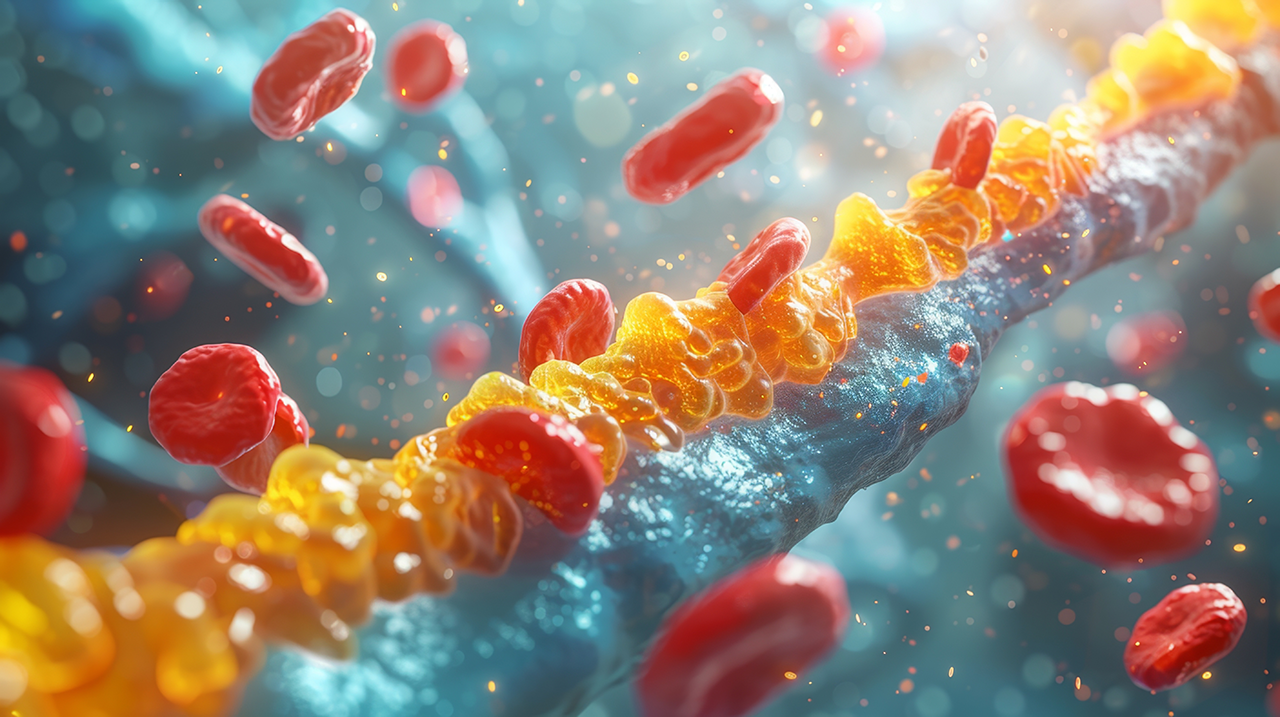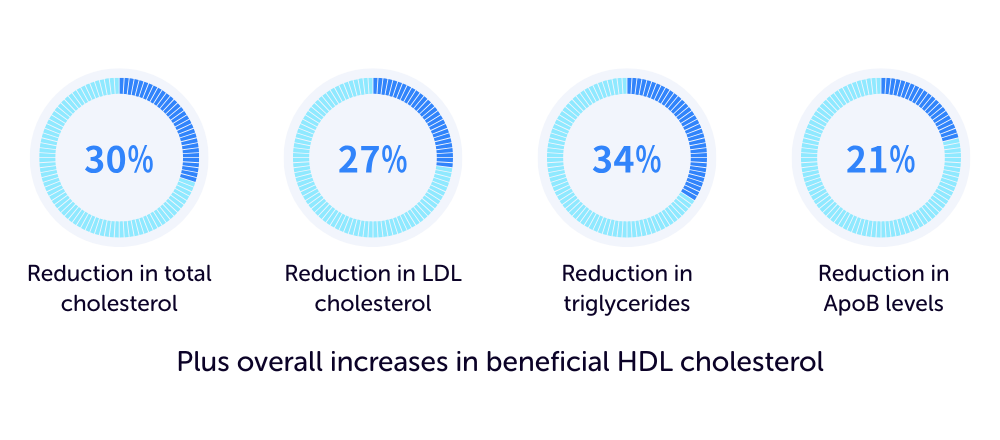
The landscape of cardiovascular disease management is undergoing a profound change in 2025. As practitioners increasingly recognize the limitations of conventional approaches—from statin intolerance to the poor tolerability of therapeutic-dose niacin—a new shift is emerging that addresses lipid disorders at their metabolic roots.
For decades, statins have been the cornerstone of cardiovascular risk reduction. Yet in clinical practice, the reality is far from ideal. As Dr. Donald Bennett, a practitioner experienced in metabolic medicine, explains in a recent clinical discussion: “I worked retail pharmacy for 10 years, and the number one drug I always get complaints about when it came to side effects was always statins. Muscle pain, joint pain, cramps… patients never wanted to take their statins.”
But the issue goes deeper than side effects. Dr. Bennett reveals a crucial insight that challenges conventional thinking:
“High oxidative stress damages polyunsaturated fatty acids, impairing their normal metabolic function in tissues like muscle. This dysfunction may contribute to fatigue, pain, and resistance to metabolic therapies.”
Leading practitioners are now combining GLP-1 agonists with Sytrinol® LNA, a sophisticated formulation that targets multiple cardiovascular pathways simultaneously. This protocol represents a fundamental shift in how we approach cardiovascular risk.
GLP-1 dual agonists like tirzepatide do more than promote weight loss. They enhance lipid-buffering capacity in adipose tissue, helping prevent ectopic fat accumulation and reducing systemic inflammation. Recent data shows these medications can significantly impact cardiometabolic parameters, decreasing triglycerides and LDL while promoting healthy expansion of white adipose tissue.
What makes Sytrinol® LNA unique is its triple-mechanism approach to lipid optimization:
The leucine component isn’t about muscle building—it’s about metabolic signaling. At this precise dose, leucine:
Research shows that combining low-dose leucine with nicotinic acid creates a synergistic effect that amplifies AMPK activation—a key pathway for fat oxidation and mitochondrial performance.
Here’s where the innovation truly shines. While therapeutic doses of niacin (1-3 grams) cause severe flushing and poor adherence, recent preclinical studies demonstrate that combining just 75mg of nicotinic acid with leucine achieves equivalent efficacy to high-dose therapy.
As Leonard Pastrana, clinical pharmacist and co-founder of nuBioAge, explains: “You can actually decrease the dose of nicotinic acid by 95% and still get those same therapeutic outcomes, which is game-changing in its ability to provide cardiovascular benefits.”
This low-dose approach:
The citrus-derived polymethoxylated flavones (PMFs), particularly nobiletin and tangeretin, work through multiple mechanisms:
Tocotrienols complement this action by modulating HMG-CoA reductase—similar to statins but through post-transcriptional regulation rather than direct inhibition. This means cholesterol synthesis is regulated without the muscle-related side effects common with statins.
The combination isn’t just theoretically elegant—it delivers measurable outcomes. In a randomized, double-blind, placebo-controlled study of 120 patients with hypercholesterolemia, Sytrinol® supplementation showed:

These results were observed within just 4 weeks and sustained throughout the 12-week study period.
Perhaps most importantly, this protocol directly addresses elevated ApoB levels—now recognized as the most accurate predictor of cardiovascular events. Unlike traditional approaches that focus solely on LDL-C, reducing ApoB means reducing the actual number of atherogenic particles, providing superior cardiovascular protection.
Dr. Bennett outlines a strategic framework for implementing this protocol:
: Genetic testing and standard of care remain primary
: Standard statin therapy with potential adjunctive support
: Sytrinol® LNA offers a compelling first-line option
“When I see elevated cardiac CRP and MPO levels, I start having discussions about adding Sytrinol® LNA,” Dr. Bennett notes. “I’ve actually had good success seeing these inflammatory markers decrease.”
When combined with GLP-1 therapy, practitioners report remarkable results. Dr. Bennett shares: “I just watched people’s lipid profile get dramatically better with a GLP-1 and Sytrinol. It’s like I’m practicing magic… 40% or more improvement, and it’s like two months.”
This synergy makes sense mechanistically:
Dosing: The standard protocol is 3 capsules daily, which can be taken with breakfast or dinner. Some patients experience mild flushing initially, which typically diminishes over time.
Patient Selection: Ideal candidates include:
Duration: Most practitioners recommend a 3-6 month initial trial with biomarker reassessment. Patients achieving optimal levels may have the option to discontinue, while those with persistent risk factors often benefit from continued use.
This dual-pathway approach represents more than an incremental improvement—it’s a fundamental shift in how we address cardiovascular risk. By targeting the root causes of metabolic dysfunction while simultaneously optimizing lipid pathways, practitioners can achieve results that were previously unattainable with conventional therapy alone.
As our understanding of metabolic health continues to evolve, protocols that address multiple pathways simultaneously—without the trade-offs of traditional medications—will likely become the new standard of care. For practitioners committed to optimal patient outcomes, the GLP-1 + Sytrinol® LNA protocol offers a powerful tool for achieving true cardiovascular optimization.
The evidence is clear: when it comes to cardiovascular health, the future lies not in higher doses or stronger medications, but in smarter, more targeted interventions that work with the body’s natural metabolic pathways. For patients seeking alternatives to statins or those looking to optimize their cardiovascular health beyond conventional parameters, this innovative approach offers new hope and measurable results.
References:
Image Source: AdobeStock by Yuparet
